FACING REALITY INAMERICANEDUCATION
Why the Racial Gap in Educational AchievementPersists
FACING REALITY INAMERICANEDUCATION
Why the Racial Gap in Educational AchievementPersists
Robert J. Walters
Facing Reality in American Education Copyright 2015 by Robert Walters. All rights reserved.
No part of this publication may be reproduced, stored in a retrieval system ortransmitted in any way by any means, electronic, mechanical, photocopy, recordingor otherwise without the prior permission of the author except as provided by USAcopyright law.
The opinions expressed by the author are not necessarily those of Tate Publishing, LLC.
Published by Tate Publishing & Enterprises, LLC
127 E.Trade Center Terrace | Mustang, Oklahoma 73064 USA
1.888.361.9473 | www.tatepublishing.com
Tate Publishing is committed to excellence in the publishing industry.The companyreflects the philosophy established by the founders, based on Psalm 68:11,The Lord gave the word and great was the company of those who published it.
Book product copyright 2014 by Tate Publishing, LLC. All rights reserved.
Published in the United States of America
ISBN: 978-1-68254-251-4
EDUCATION / Educational Policy & Reform / General15.08.04
FOREWORD
The plight of Americas schools generally and the racialachievement gap in particular have been matters ofcontention for several decades. As educators have madeeliminating the gap their central concern, the overallquality of education given to American children of all races has declined. Yet despite the many effortsenumerated in this bookthe racial achievement gap hasremained stubbornly unchanged. It is time for a newapproach.
I wish to thank all my friends and supporters, including those who would have preferred I not write this book forfear of personal attacks. Without all the criticism I wouldnot have had the fortitude to stay with this project and gather the information I have over the past 50 years. Ican only hope this country has another 50 years to reorient its educational policies according to a more realistic understanding of human nature and humandifferences.
I wish to dedicate this book to the memory of Dr. ArthurJensen, professor, scientist, thinker, and courageousdefender of the truth concerning human differences and heredity.
Robert J. Waltersi
TABLE OF CONTENTS
Foreward .................................................................................i
Tried But Failed to Close the Gap..................................29
ii
Ethics Studies .................................................................... 79
iii
Paying Students to do Better in School ...........................127
Combating Test Apprehension in Minority Puplis ..........130
Horse Sense ..................................................................... 132
Keeping Louse-Infested Students in Class ......................133
Hispanic Serving Institutions...........................................134
Appendix 1 Racial Categories ......................................189
Appendix 3 Reading Gap Widens in Past 10 Years......195
Appendix 4 Athletics and Academics...........................197
Appendix 5 Cheating to Raise Test Scores...................199
iv Appendix 7 Act Provides Tools to Measure College and
Appendix 8 What Should College Graduates Know? .. 216
Appendix 9 Black Leaders Speak Out.......................... 218
Appendix 10 Myths of Achievement Scores................ 220
Appendix 11 Mexican Revanchisme............................ 222
Appendix 12 Tax Credit Program in Oklahoma CreatesVoucher Program ............................................................ 223
Academic Credentials of Dr. Arthur Jensen ................... 229
v
INTRODUCTION
American educators have long been concerned with thedifferences in average academic achievement betweenracial groups. Originally, the issue concerned the failureof black pupils to achieve at the level of whites, but asAmerican society has become more racially diverse,other groups have come into consideration. Today it iscustomary to distinguish four groups: whites, blacks,Hispanics and Asians. Overall, Asians do somewhatbetter than whites in school, while Hispanics do somewhat better than blacks; but the gap separatingwhites and Asians from Hispanics and blacks remains fairly large.
Figure Below: 2000 SAT9 by Ethnicity: Tenth-GradePercentage at or Above Grade Level (50th Percentile)African American and Latino Students tend to score well below the score of White students, though White students on
average only reach grade level in math and history/Social
Studies in grade nine, and in math and science in grade 10.
SOURCE: An urban high school, courtesy of Principle Exchange Index i
Many causes have been proposed to explain all of thesedifferences, and many programs have been implemented in an effort to eliminate them by improving theperformance of blacks and Hispanics.
All such efforts have failed; the racial gap hasstubbornly persisted. Some blame insufficient funding,some blame achievement tests themselves, some blamethe teachersbut nobody has found a solution.
This book explains why the racial achievement gap exists, why it can be expected to continue in the future,and how educational policy makers might best respondto this state of affairs.




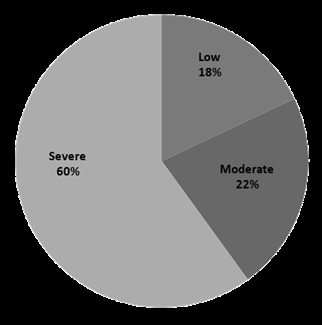

Index ii
Why focus on race in a country dedicated to Martin Luther Kings vision of a color blind society? In part,because those most dedicated to this vision arethemselves the most concerned about the achievementgap, which they see as proof of continuing unequaltreatment. More importantly, a study of these differences may lead us to a more realistic, scientifically basedunderstanding of human nature, and to educationalpolicies better adapted to helping children of all racesachieve their full academic potential.
In short, this book is meant to offer a differentperspective on American education policy, and to suggest changes that might maintain this nationsposition as a leader of the free world. Not everyone willagree with my diagnosis or recommendations, but I hopereaders will be led to reconsider educational policy options without their vision narrowed with ideologicalblinders. For the present system is doing a disservice toteachers, to students, and to our country.

Country
Shanghai-China*Singapore
Hong Kong -China*Korea, Republic ofTaipei-China*
Finland
Liechtenstein



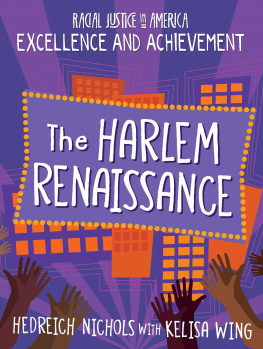

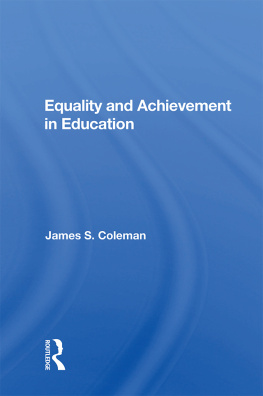
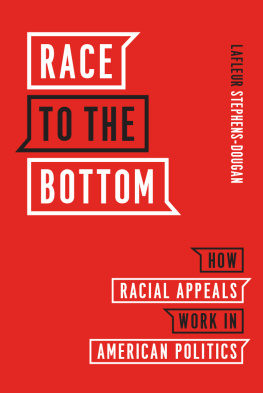
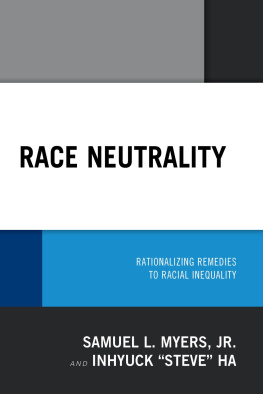
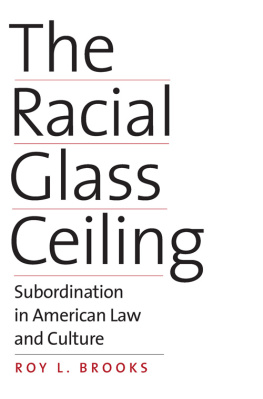


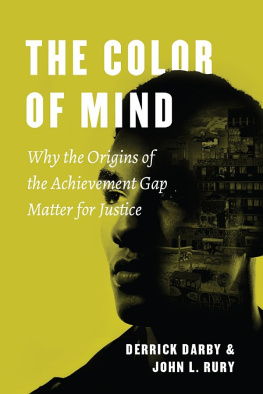







 Index ii
Index ii 